GT Sophy is a curious mix of advanced technology, taking virtual racing to new heights, and cute emojis: under the hood are bleeding-edge artificial intelligence advancements, masked with an approachable face.
It’s distinct in the market and continually evolving. In March, a 2.1 update enhanced GT Sophy’s capabilities even further, allowing for custom races: more laps, tuned cars. In fact, really tuned cars, even with engine swaps.
There we are again with the recurring theme. The AI agent is superhumanly clever, with a cerebral dexterity not seen in virtual rivals before. But the opening up of car tuning options means that the end experience isn’t necessarily dry or serious. It can be hilarious.
Getting to this point, updating GT Sophy to be able to run across wider car and race options hasn’t been the work of a moment, however.
“With custom races, there is a whole range of options, so our training process has been modified significantly to make sure that under all of those conditions, the agent is reliable and performant,” explains Kaushik Subramanian, Senior Staff Research Scientist at Sony AI, to Traxion.
“When we want to address each of these parts regarding customisation, it involves new reward functions.
“The underlying neural network has also been modified. When training, we wanted to make sure that we give the agent experiences closer to what it might see when it’s deployed. Of course, we won’t be able to match everything [in terms of car customisation], but people are going to try different things, so we wanted to capture as much as we could in the training process.”
In Gran Turismo 7, the tuning options are extensive. Starting with relatively simple tweaks to car set-up, then adding on performance-enhancing components and even through to the aforementioned engine swaps.
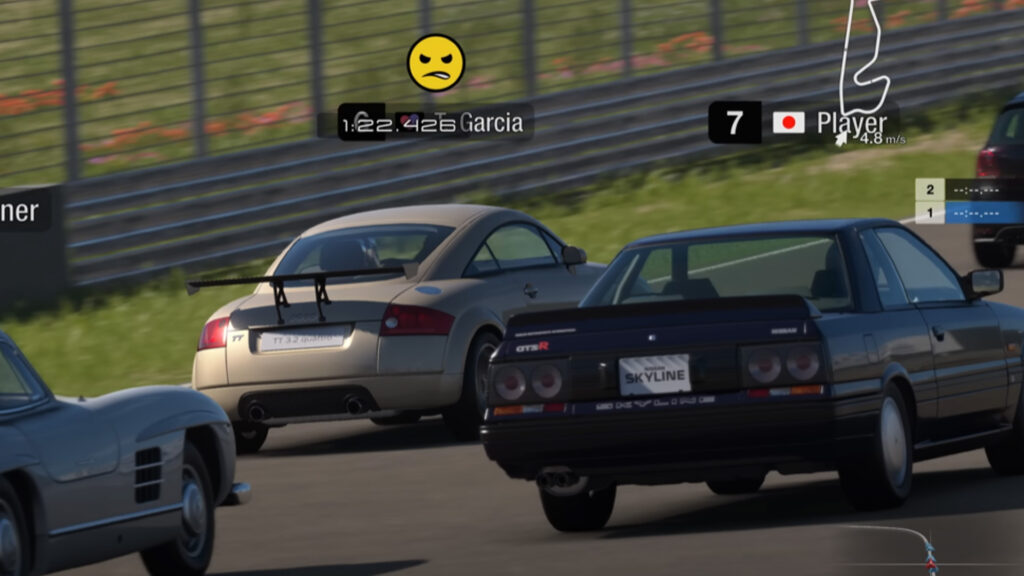
Allowing GT Sophy to race with such heavily modified vehicles in its launch state did not meet the Sony AI and Polyphony Digital team’s standards, according to those involved, and this latest evolution was put through its paces before being deployed.
But this is a process that is more time-consuming, the more abilities the reinforcement learning-based agent gains.
“We have spent a lot of time on making sure that the behaviour meets our standards,” highlights Subramanian.
“The whole evaluation process is getting increasingly complicated, because as you expand what the agent is able to do, there are now more test conditions.
“Right now, there are different types of tracks, different types of cars, different kinds of players, different kinds of tuning options, and so it’s great that we can do this, but now the evaluation process becomes more complex.
“We have to make sure that it’s doing well in all of those conditions before it goes out, and I would say that it’s both rewarding and challenging, because the fact that now the agent can do so many things is great, but on the other side, we’ve got to make sure that it does well in all of these scenarios.”
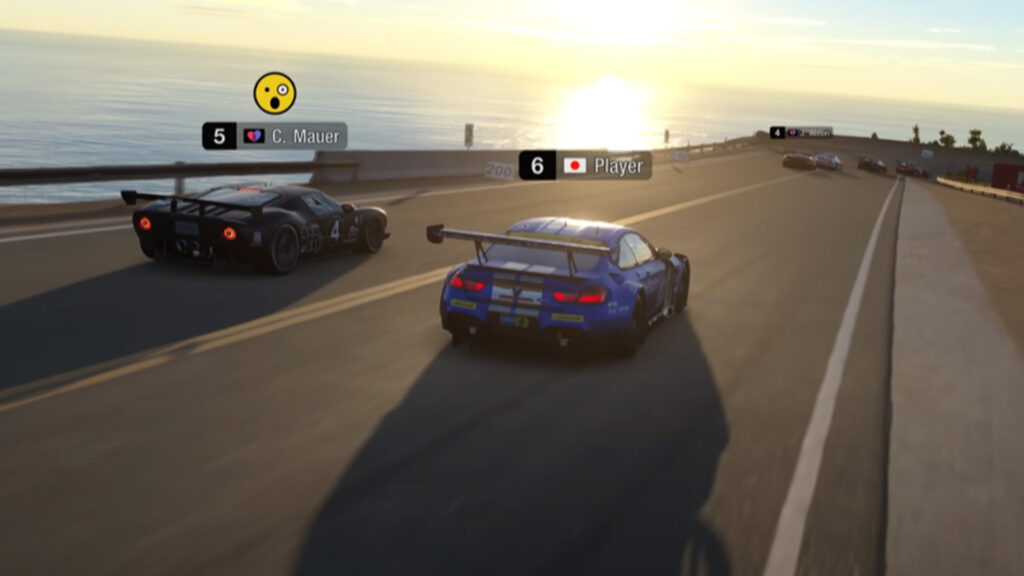
The Future
Since the 2.1 rollout for GT Sophy to handle modified cars, there have been further tracks added to its roster of compatibility. Circuit de Barcelona-Catalunya, Alsace – Village and High Speed Ring arrived recently, for instance.
Meanwhile, the Sony AI development team, in collaboration with game developer Polyphony Digital, is still focused on further enhancements – without going into specifics just yet.
“There are parts [of Gran Turismo 7] that are still not accessible to GT Sophy, and we want to further improve and work on that as our immediate next step,” continues Subramanian.
“I think our goal is to expand the agent’s capabilities, and we’re constantly looking for ways in which we can test what it can do and further refine the behaviour.
“As we expand the agents’ capabilities, for example, it could be dirt tracks, snow tracks, oval tracks and other conditions, the results we see have to meet our standards.
“Importantly, we work very closely with Polyphony Digital to make this happen. Without their expertise, there’s no way we would have been able to get to where we are right now.
“The teams keep high standards and expectations from what the agent can do, so based on these conditions for these different types of tracks, there’s more refinement we’re working on to improve the behaviour of the agent.”
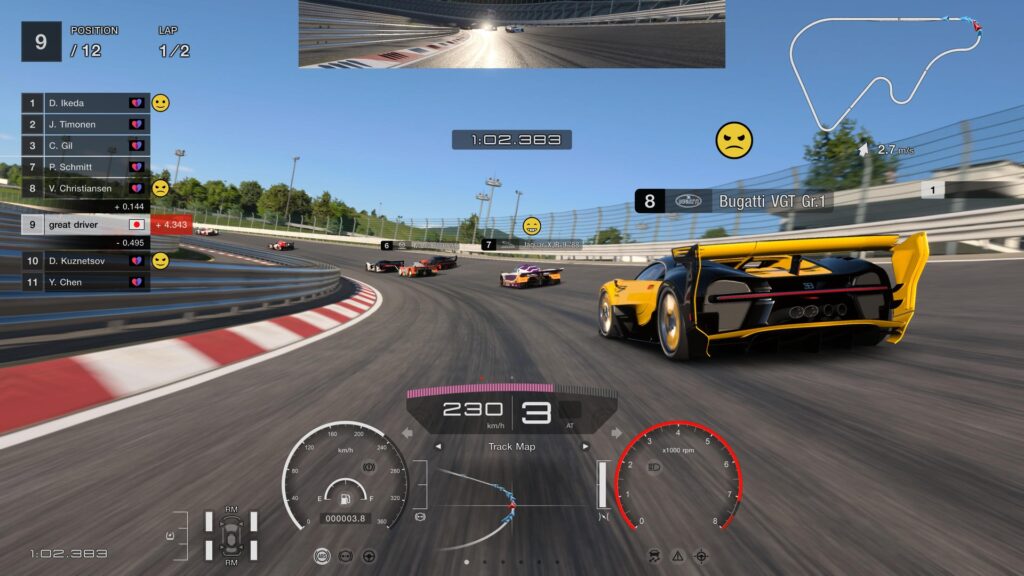
Sony AI previewed a fresh evolution of the project last December at the Gran Turismo World Series World finals that showcased work-in-progress strategy skills.
It isn’t only working on GT Sophy either, as last September it announced it was simultaneously working on a second agent, one that can ‘see’. Innovating never stops, especially in the fast-paced AI industry, as Subramanian concludes:
“For us at Sony AI, it’s great that we have something out there, but there’s always sort of the next thing to work on and improve its behaviour. So we’re going to continue our efforts there.”
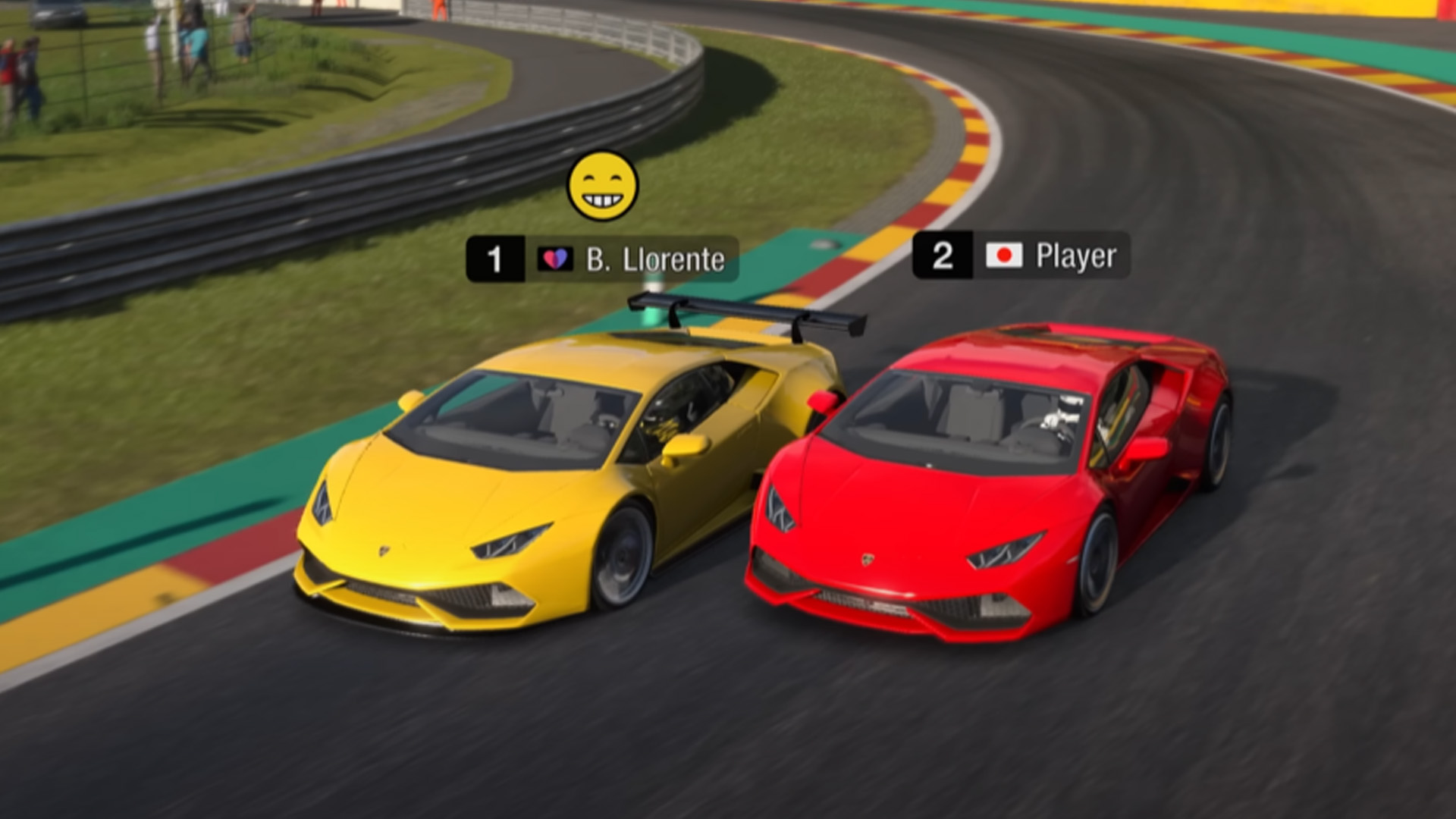

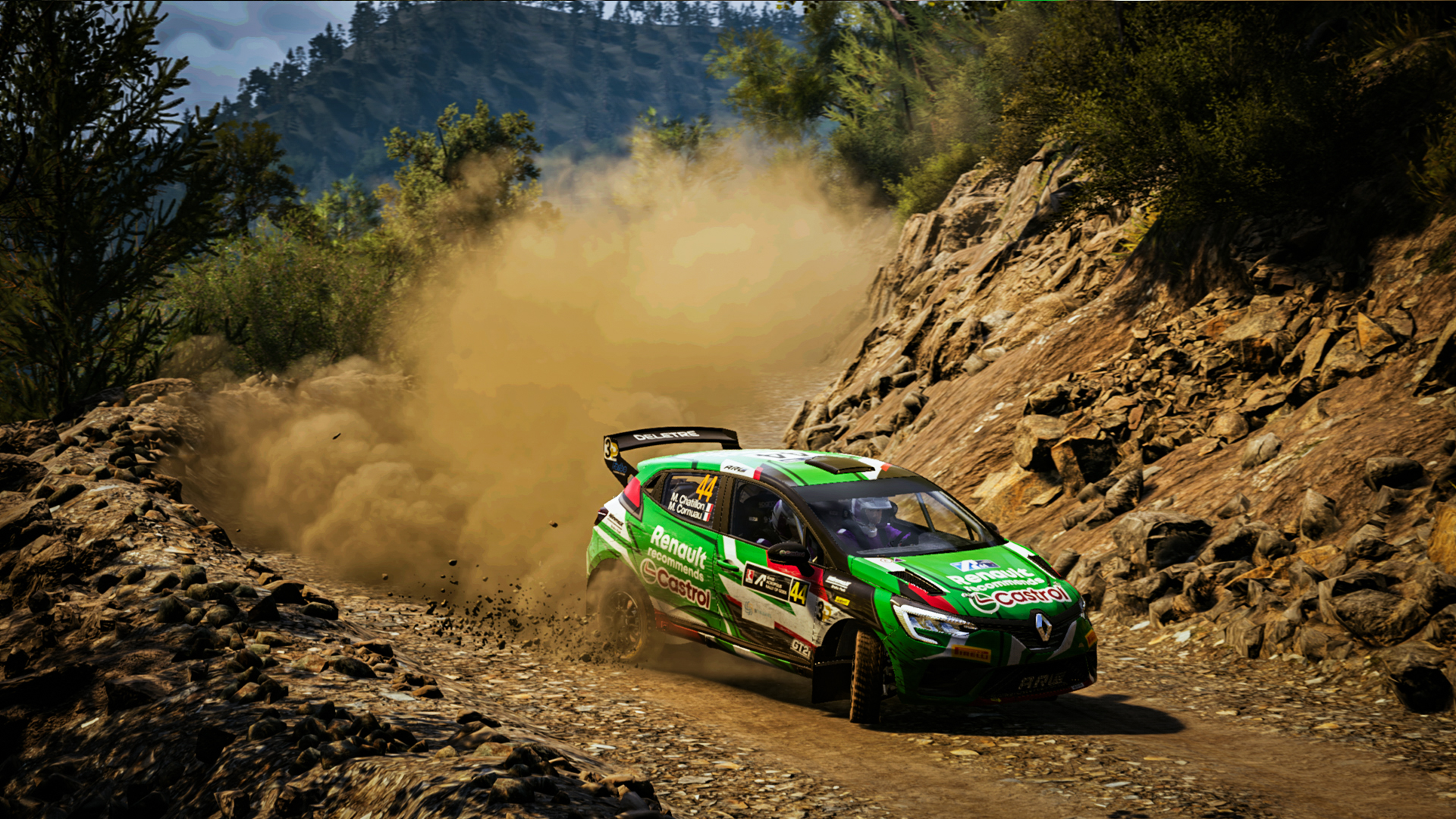

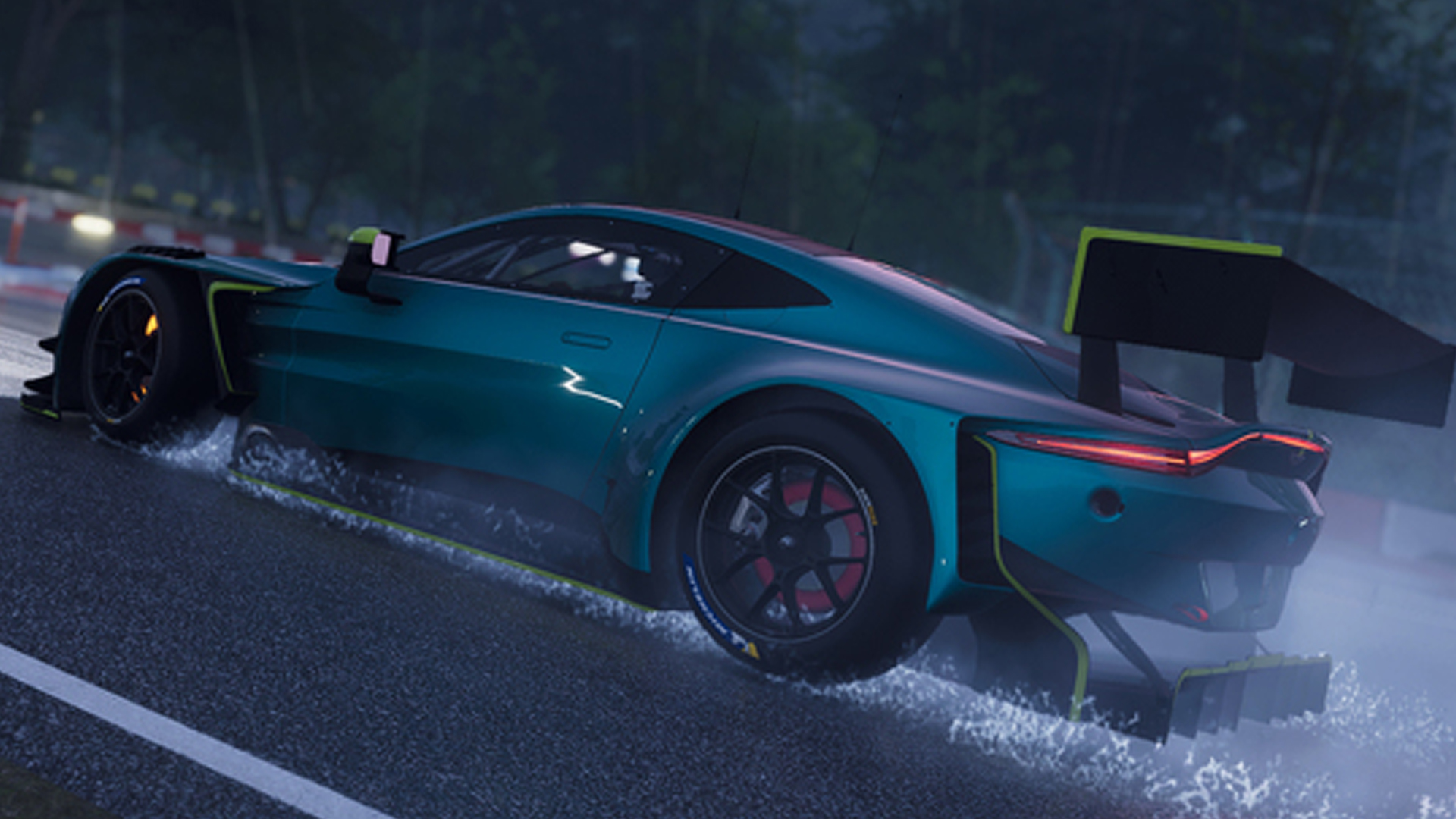
Chat with the Community
Sign Up To CommentIt's completely Free